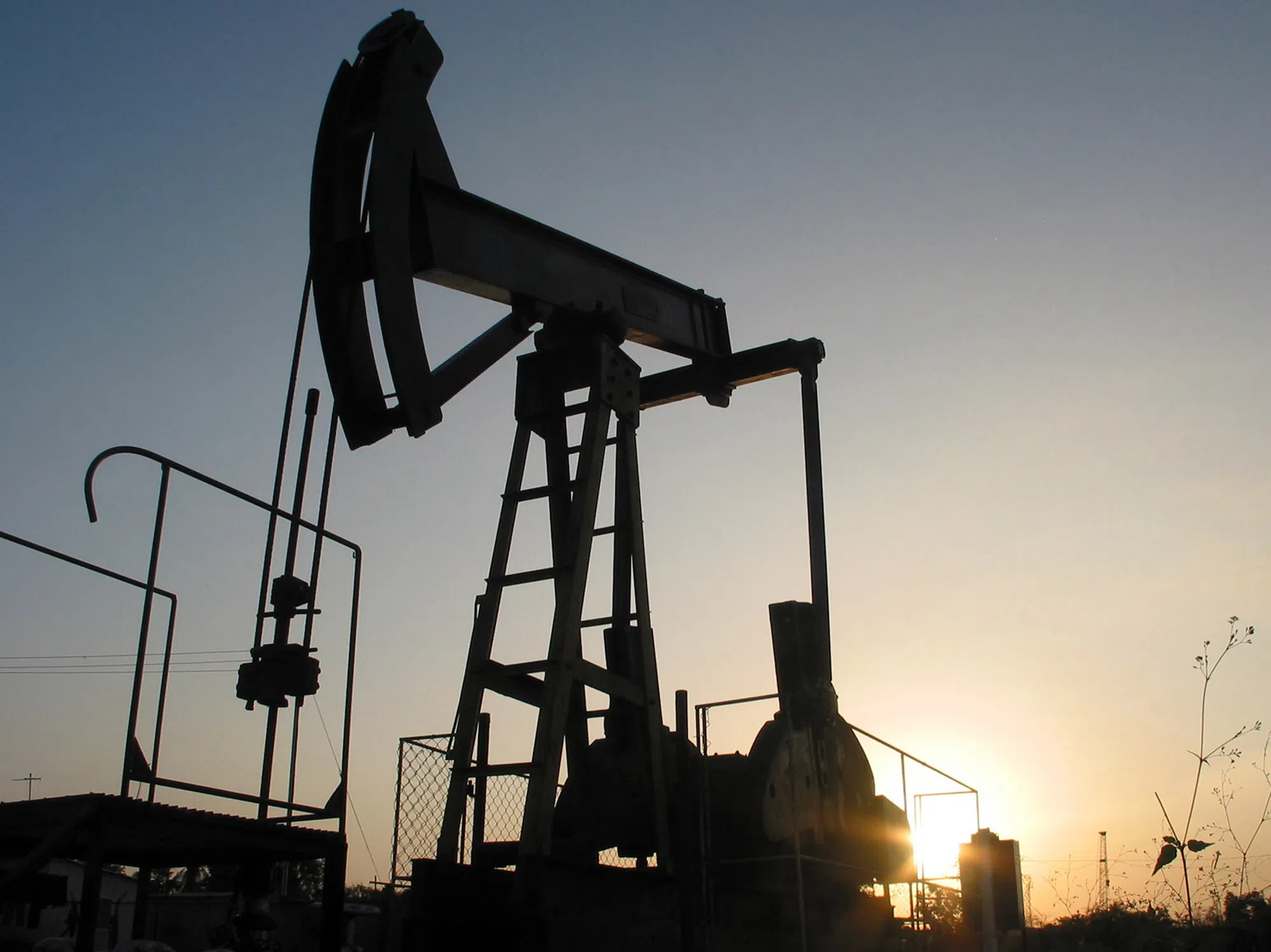OIL prices climbed about 2 per cent to a four-month high on Monday (Jan 13) on expectations that wider US sanctions on Russian oil would force buyers in India and China to seek other suppliers.
Brent futures rose US$1.25, or 1.6 per cent, to settle at US$81.01 a barrel, while US West Texas Intermediate (WTI) crude rose US$2.25, or 2.9 per cent, to settle at US$78.82.
That put Brent on track for its highest close since Aug 26 and WTI on track for its highest close since Aug 12, and kept both benchmarks in technically overbought territory for a second day in a row. Moreover, with Brent and WTI front-month prices rising over 6 per cent over the past three trading sessions, the premium of front-month contracts over later-dated futures, known in the energy industry as time spreads, soared to the highest in several months.
With interest in the energy market growing, total futures volume in Brent on the Intercontinental Exchange rose to its highest on Jan 10 since hitting a record in March 2020. Open interest and total futures volumes for WTI on the New York Mercantile Exchange rose to their highest since March 2022.
Chinese and Indian refiners are seeking alternative fuel supplies as they adapt to new US sanctions on Russian producers and tankers that are designed to curb the revenues of the world’s second-largest oil exporter. “There are genuine fears in the market about supply disruption. The worst-case scenario for Russian oil is looking like it could be the realistic scenario,” PVM analyst Tamas Varga said. “But it’s unclear what will happen when Donald Trump takes office next Monday.”
Goldman Sachs estimated that vessels targeted by the new sanctions transported 1.7 million barrels per day (bpd) of oil in 2024, or 25 per cent of Russia’s exports. The bank is increasingly expecting its projection for a Brent range of US$70 to US$85 to skew to the upside.
BT in your inbox
Start and end each day with the latest news stories and analyses delivered straight to your inbox.
“No one is going to touch those vessels on the sanctions list or take new positions,” said Igho Sanomi, founder of oil and gas trading company Taleveras Petroleum. At least 65 oil tankers have dropped anchor at multiple locations, including off the coasts of China and Russia, since the United States announced the new sanctions package.
Many of the tankers named have been used to ship oil to India and China after previous Western sanctions, and a price cap imposed by the Group of Seven countries in 2022 shifted trade in Russian oil from Europe to Asia. Some of the ships have also moved oil from Iran, which is under sanctions as well. Six European Union countries called on the European Commission to lower the price cap put on Russian oil by G7 countries, arguing it would reduce Moscow’s revenue to continue the war while not causing a market shock.
Factors weighing on oil prices
In a move that could reduce some of the supply risk premium built up in global oil markets, mediators gave Israel and Hamas a final draft of a deal to end the war in Gaza after a midnight “breakthrough” in talks attended by envoys of both Joe Biden and Donald Trump. The US dollar climbed to a 26-month high versus a basket of other currencies following data last week that showed US job growth unexpectedly accelerated in December and the unemployment rate fell to 4.1 per cent, which could lead to higher inflation.
That prompted traders to scale back bets on how many interest rate cuts the US Federal Reserve would make this year. Markets were now no longer fully pricing in even one rate cut from the Fed in 2025, down from roughly two quarter-point cuts priced at the start of the year.
A stronger US currency could reduce demand for energy by making US dollar-priced commodities such as oil more expensive for buyers using other currencies.
Higher interest rates, used to combat rising inflation, could also reduce demand for energy by boosting borrowing costs and slowing economic growth. REUTERS



